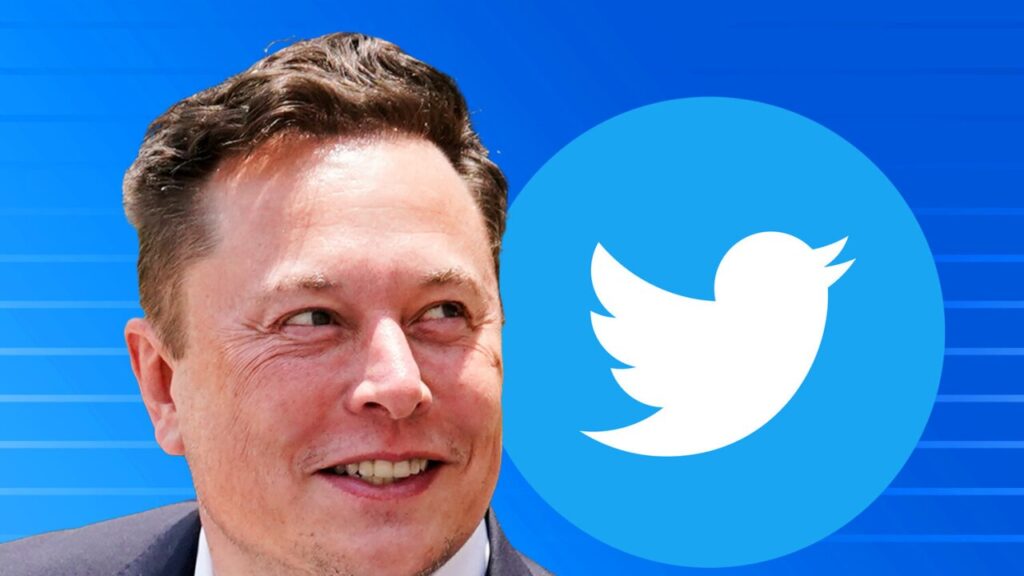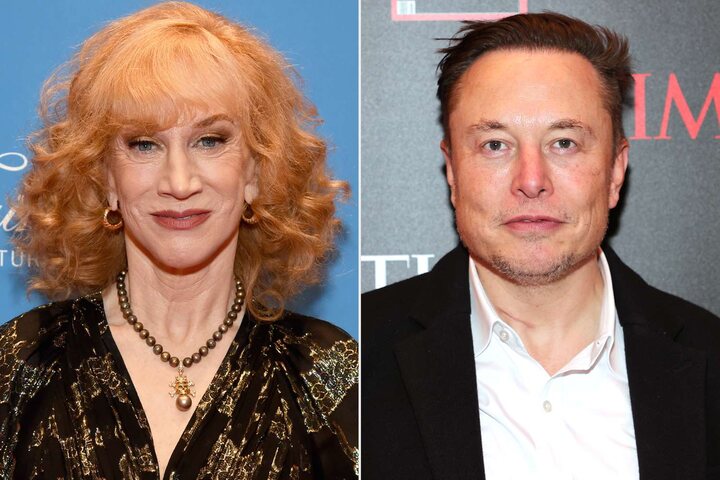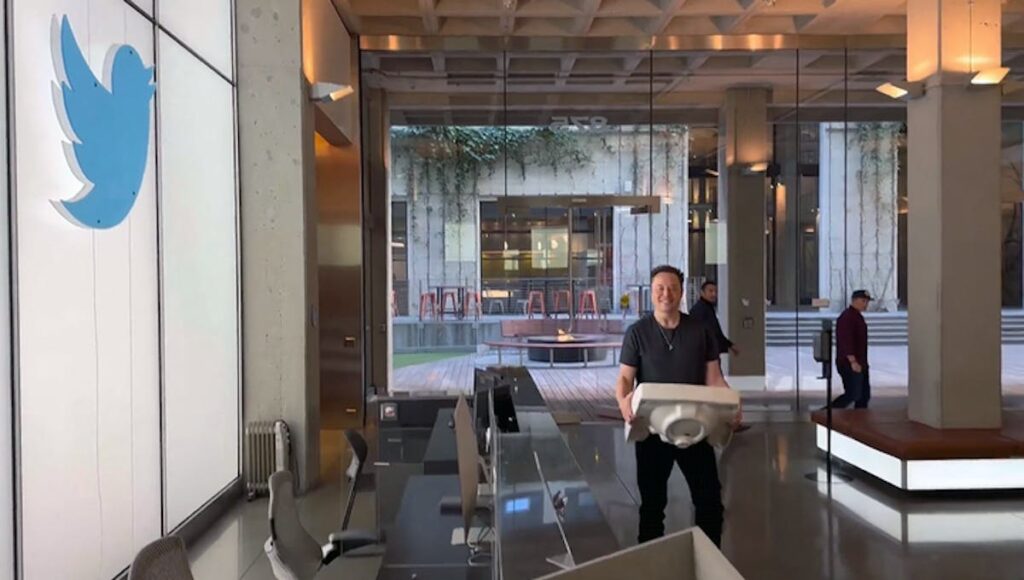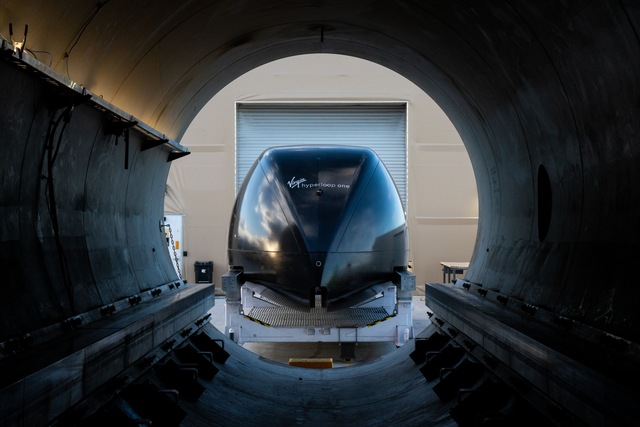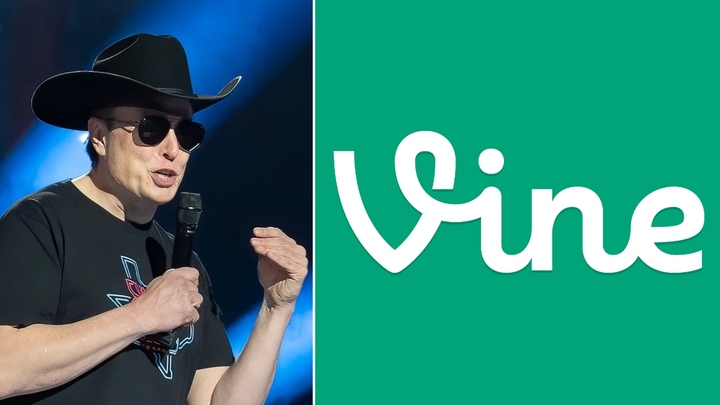Elon Musk fires thousands of contract workers without notice
According to reports, Twitter has terminated thousands of contract workers as Elon Musk appears to be taking strong steps to revive the once-dominant social media platform. Platformer estimates that employment cuts have affected over 4400 out of 5500 contract workers.
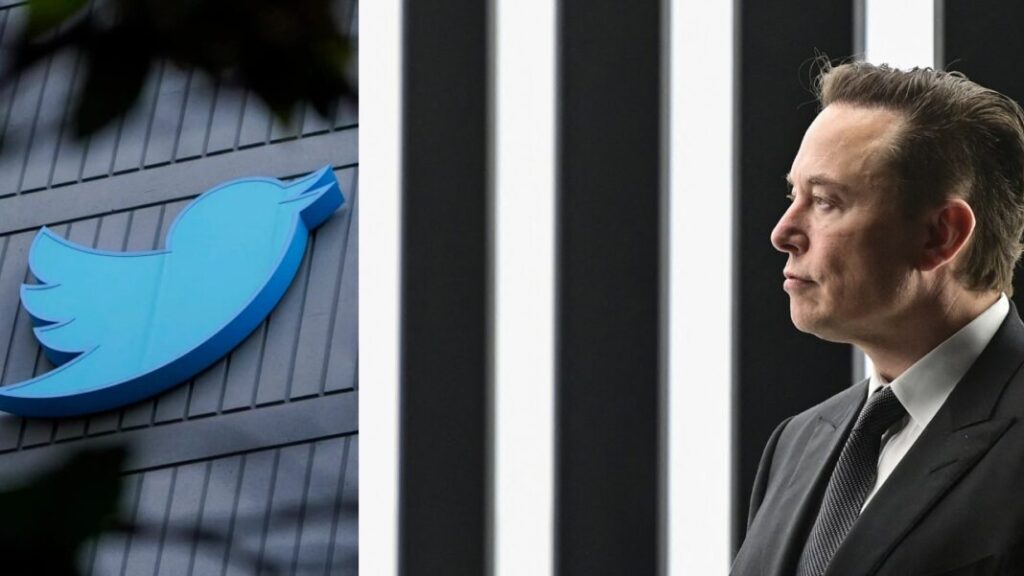
The widespread firings, which affect both US-based and international staff working in real estate, marketing, content moderation, engineering, and other departments, were first reported on by Platformer on Saturday night.
According to Platformer’s Casey Newton, Twitter fired a sizable number of contract workers on Saturday, impacting anywhere between 4,400 and 5,500 individuals. Most contract workers didn’t get any notice that they were fired and only learned of their dismissal after being denied access to the company email and inner communications systems.
According to CNBC, the fired employees didn’t discover they had been fired until they lost access to Slack as well as other work networks over the weekend. Twitter states that the job losses are a result of a “reprioritization and savings exercise” in an internal message sent to contract employees that Business Insider was able to obtain.
Read More: Twitter To Let Users Post Long-Form Tweets and help creators monetize
Platformer’s Casey Newton noted, “Contractors aren’t being notified at all, they’re just losing access to Slack and email. Managers figured it out when their workers just disappeared from the system.”
A bunch of Twitter officials have either resigned or been dismissed since Musk took over, and more employees will probably be let go due to the company’s new in-person work requirement. Elon Musk sacked Twitter’s CEO Parag Agrawal, CFO Ned Segal, and head of legal policy, trust, and safety Vijaya Gadde as soon as he took control of the platform.
Since that time, a number of high-profile employees have left Twitter. Only “exceptional people” are permitted to work remotely, according to a Q&A session between Elon and Twitter employees. Musk remarked, “Basically if you can show up in an office and you do not show up at the office, resignation accepted.” The company’s communications division is no longer in operation.
Since taking over the Twitter business in the final week of October, Musk has been seeking to overhaul the entire system by firing top executives, cutting manpower by 50%, charging users for the “verified” tick, and other measures. The Tesla CEO has received harsh criticism for his handling of the crisis and for firing some employees without notifying them in advance. Twitter even barred access to its headquarters and instructed staff to wait in their homes for company communications.
Silicon Valley is reeling from a slump across the entire sector. Meta, the parent company of Facebook, just announced widespread layoffs, eliminating 11,000 positions, or around 13% of the workforce. The company overhired during the pandemic, but eventually realized the hyper boom isn’t sustainable, according to Meta CEO Mark Zuckerberg, who called the layoffs “some of the most difficult changes we’ve made in Meta’s history.”
In addition to Twitter and Meta, major tech giants like Apple, Amazon, and Alphabet have announced they will halt hiring or make job cuts due to inflation and recessionary fears. The companies are allegedly operating in a more risky environment, which is causing them to spend less on business expansion.

I am a law graduate from NLU Lucknow. I have a flair for creative writing and hence in my free time work as a freelance content writer.
